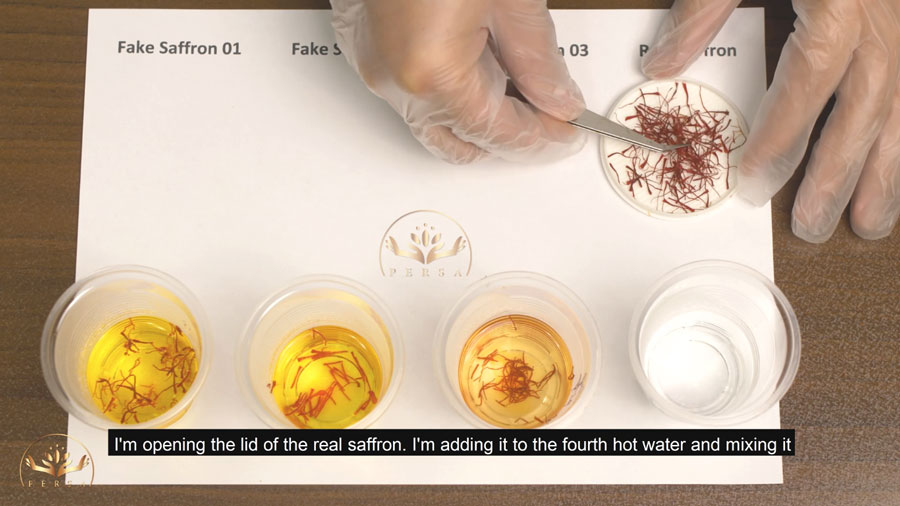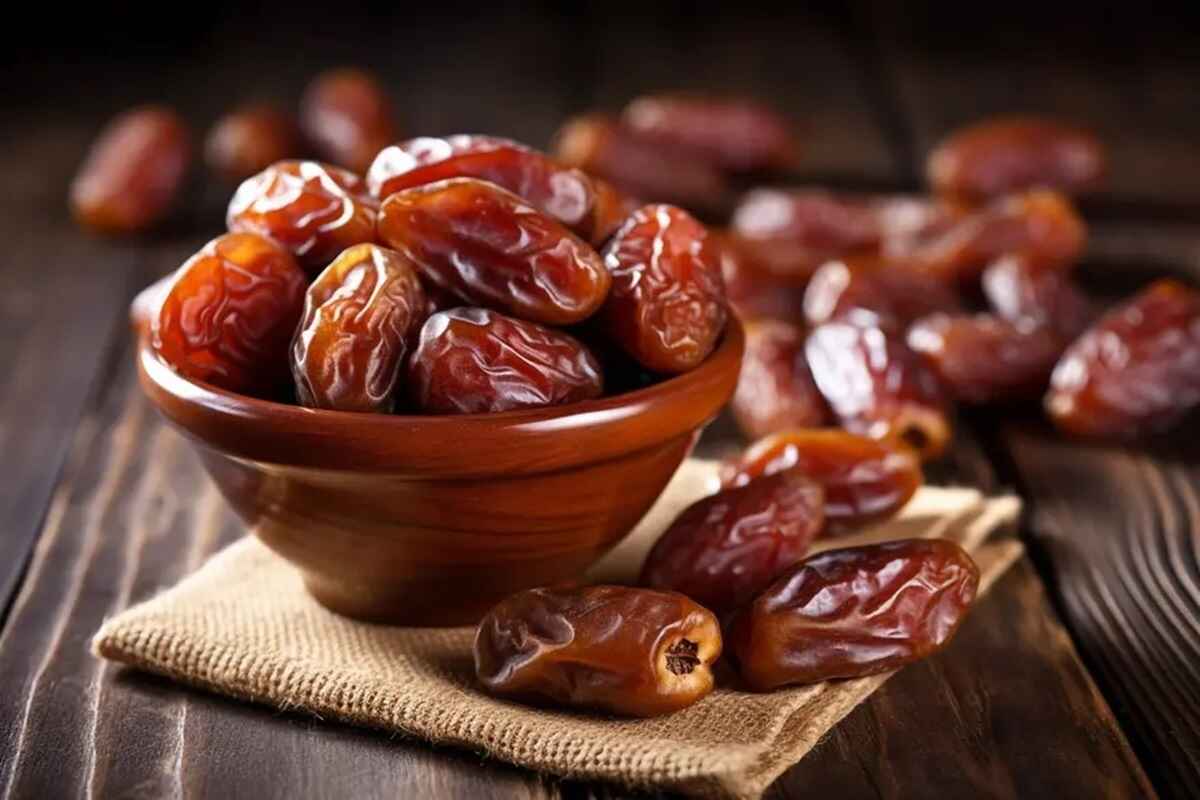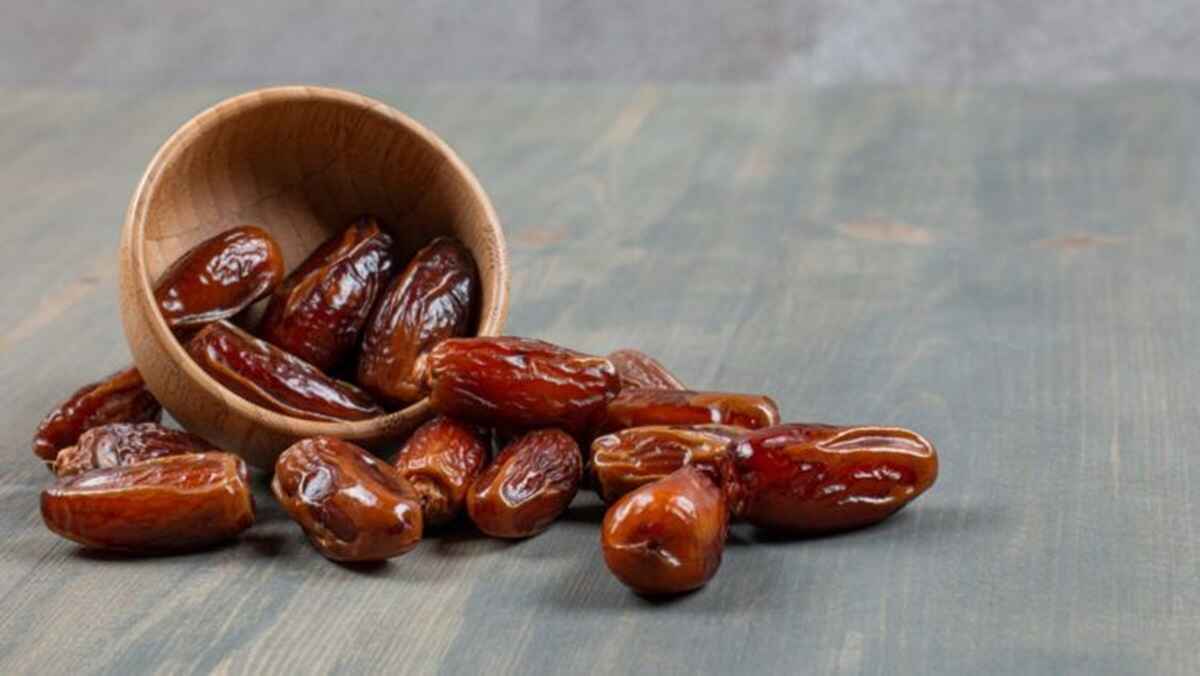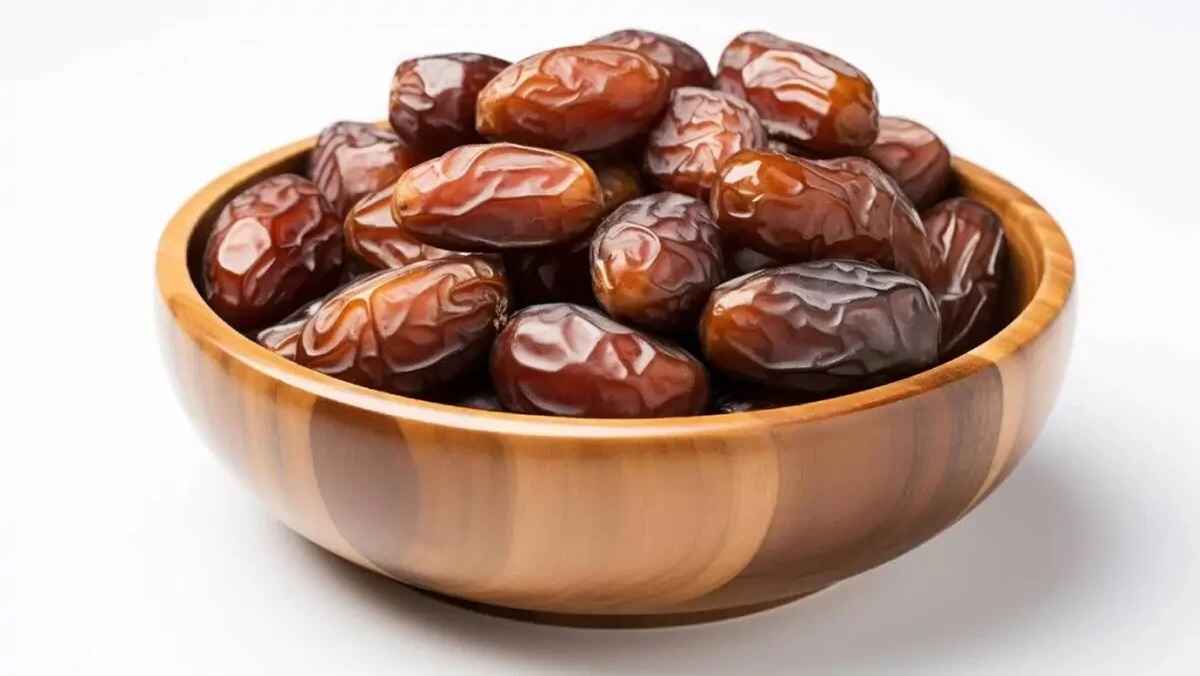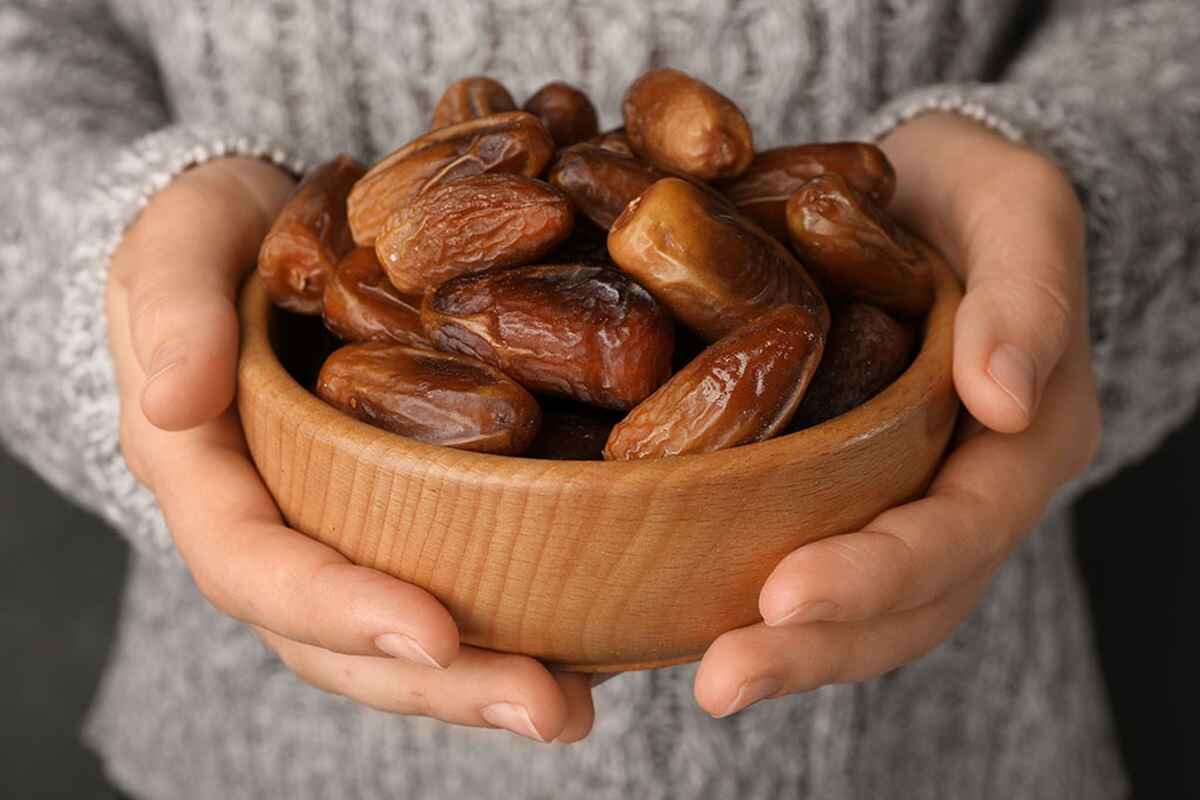When we talk about saffron, a precious and sought-after spice, the market is unfortunately full of counterfeit products. In our quest to uncover the truth and for Identifying fake saffron, we embarked on a journey through various markets, encountering numerous saffron brands, and ultimately stumbling upon deceitful saffron dealers. This article aims to shed light on the methods used to differentiate fake saffron from the real thing.
There are many different types of saffron like Sargol saffron, White saffron, Super Negin saffron and…; unfortunately all can be faked.
Identifying Fake Saffron
To showcase the stark contrasts between real and fake saffron, we conducted a simple yet revealing experiment. Here’s how it unfolded:
Fake Saffron 1: Opening the first container of suspected fake saffron, we added it to a glass of hot water and mixed it thoroughly. Surprisingly, the appearance and aroma closely resembled real saffron. However, further examination exposed the trick: this fake saffron was a blend of actual saffron and colored white saffron roots. The inferior color of the extracted root revealed its true nature.
Fake Saffron 2: Moving on, we opened another container of suspicious saffron, adding it to a second glass of hot water. Unlike real saffron, its aroma was noticeably dissimilar, with a bitter taste. This particular fake saffron often masquerades as Kashmiri saffron. Close observation revealed its polymer-like texture and easy crumbling when rubbed.
Fake Saffron 3: Opening the third container, we repeated the process. Although its texture resembled real saffron, the lack of a real saffron scent hinted at foul play. We suspected the presence of ingredients like corn silk, safflower, and even horsehair, which are then treated with industrial colorants.
Real Saffron: Finally, we opened a container of real saffron, and added it to a fourth glass of hot water. As expected, the rich yellow color slowly permeated the water, a true sign of authenticity. When rubbing a saffron thread on white paper, it consistently left behind its golden hue, further confirming its genuineness.
Conclusion
Through our experiment for Identifying fake saffron, we have demonstrated key methods to differentiate real saffron from its fake counterparts. It is vital to remain vigilant and aware of common tricks employed by unscrupulous saffron dealers, such as adulterating saffron with cheaper white roots or using artificial coloring agents.
To ensure you obtain only authentic saffron, we recommend visiting reputable sources like PersaTrading.com, where you can find more detailed information about saffron and reliable suppliers.
Remember, real saffron is a treasure to be cherished for its exquisite flavor, aroma, and vibrant color. Arm yourself with knowledge, and let your saffron experiences be nothing short of extraordinary.
